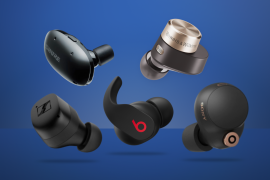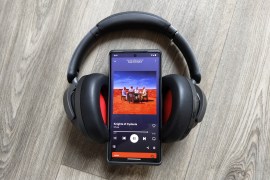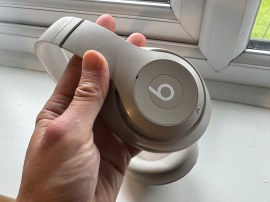Huawei Freebuds Pro 3 review: double trouble
Dual drivers and uprated ANC make these in-ears worth a listen
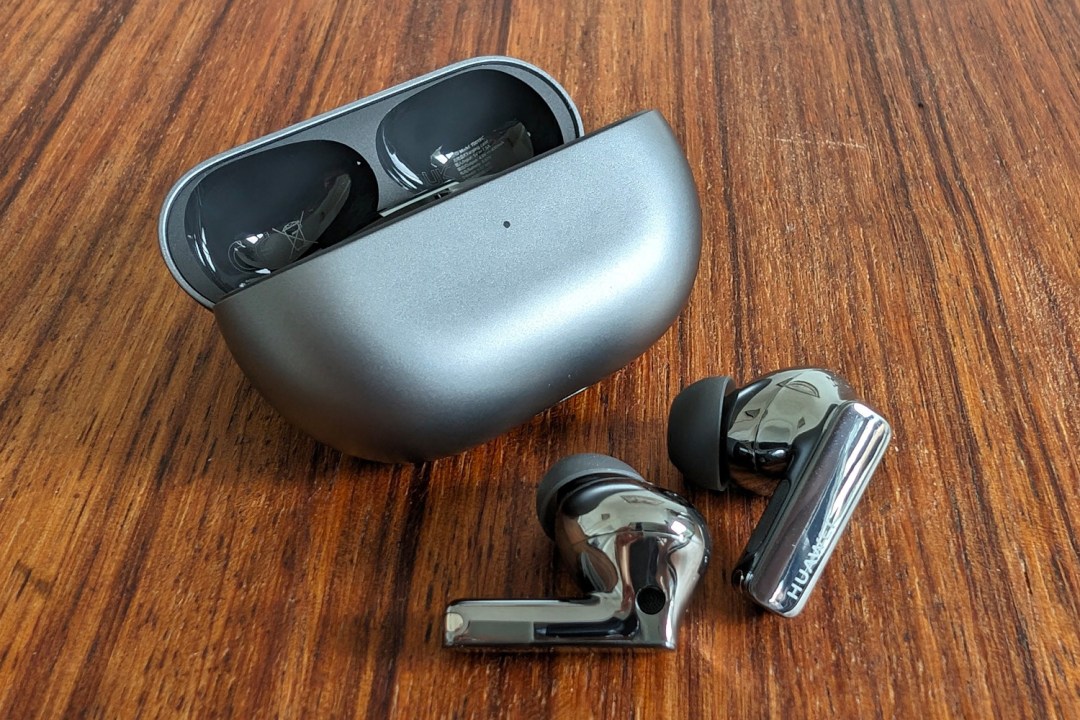
Stuff Verdict
Another energetic and feature-packed pair of true wireless in-ears prove Huawei knows a thing or two about sound, but the FreeBuds Pro 3 fall at the same hurdles as their predecessor.
Pros
- Effective ANC plus great call quality
- Engaging, dynamic audio
- Hi-res codec support (if you have the right devices)
Cons
- ANC-on battery life only so-so
- Can’t always find a comfy fit
- Fiddly touch controls
Introduction
In the past, Huawei’s audio engineers weren’t afraid to ask for outside help with its top-tier true wireless earphones, but this year’s flagship effort is a purely home-grown effort. The Huawei Freebuds Pro 3 forego any tuning from French audio experts Devialet, but bring even more advanced adaptive ANC. I quite liked the last-gen model, and this new version looks to double down on sound quality with a wider range of Bluetooth codecs.
The £180/€199 price point is fiercely competitive, though – and none of the Freebuds Pro 3’s closest rivals have to contend with a US trade embargo. Even if you’re in a territory where they’re easily available, you’ve still got to go through a few extra steps to get the companion app installed on your phone. Is the noise cancelling and sound quality good enough to make up for it?
How we test headphones
Every pair of earphones and headphones reviewed on Stuff is used for a minimum of a week’s worth of daily listening. We use a playlist of test tracks made up of multiple genres to assess sound, and use our years of experience to compare to other models. Manufacturers have no visibility on reviews before they appear online, and we never accept payment to feature products.
Find out more about how we test and rate products.
Design & build
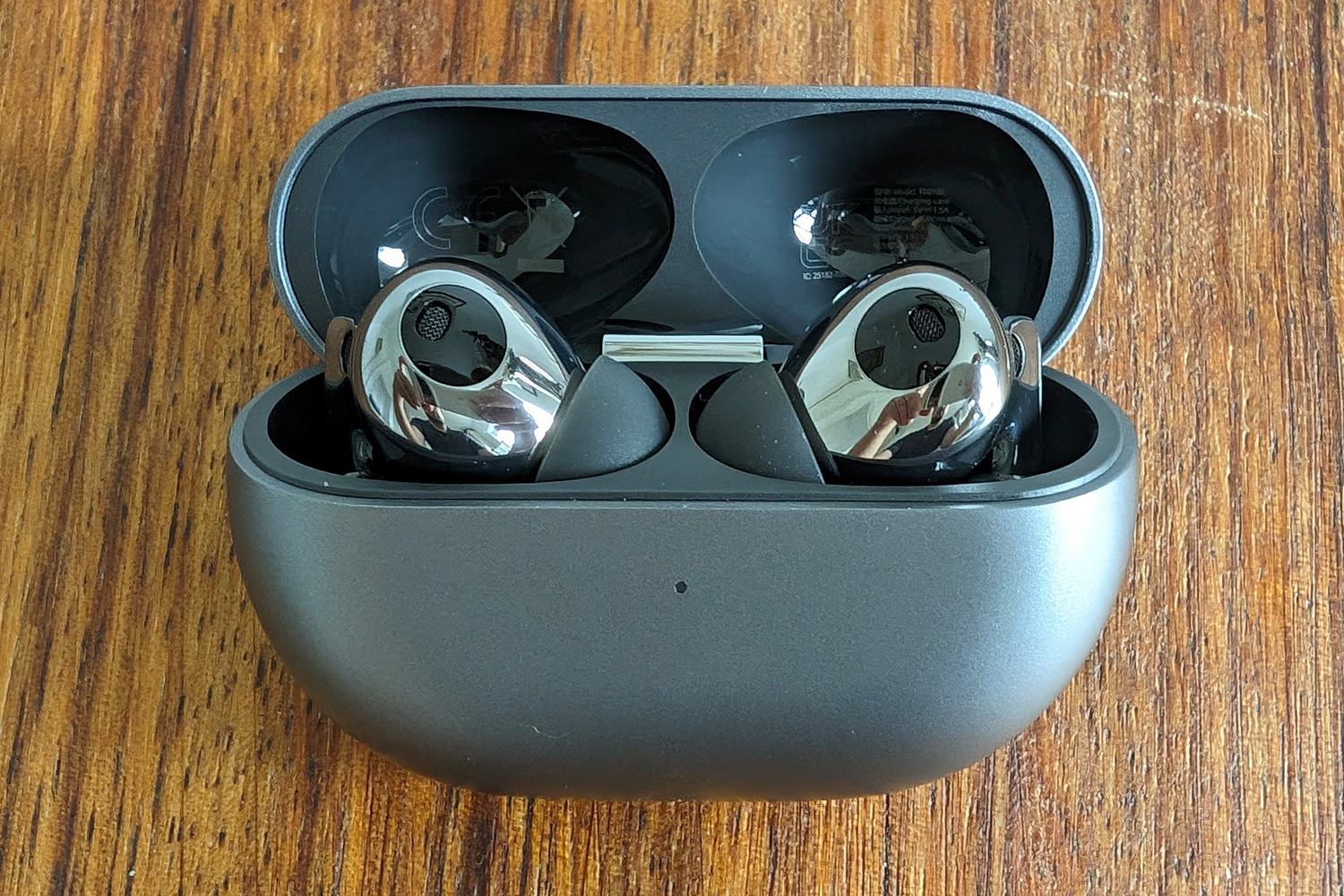
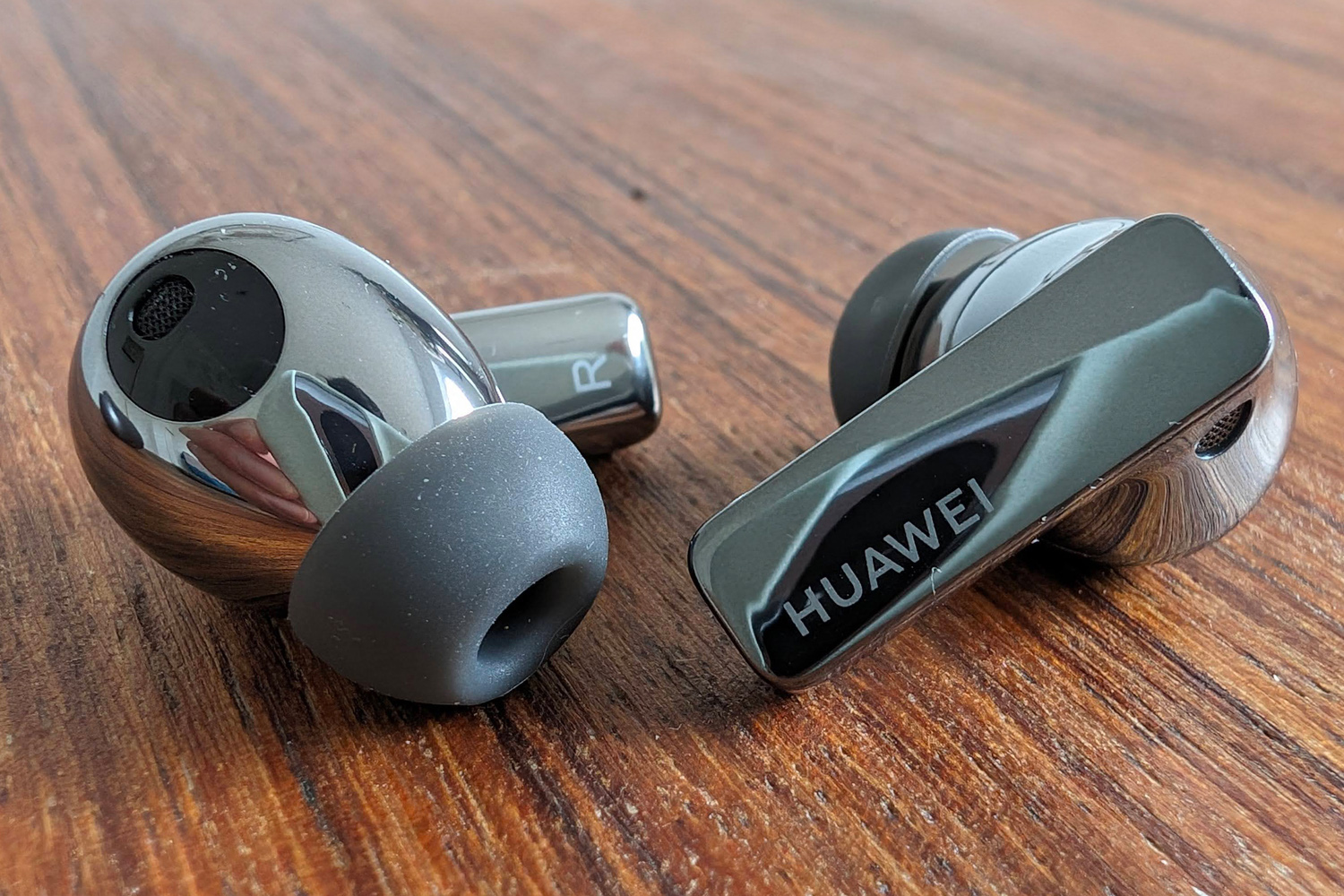
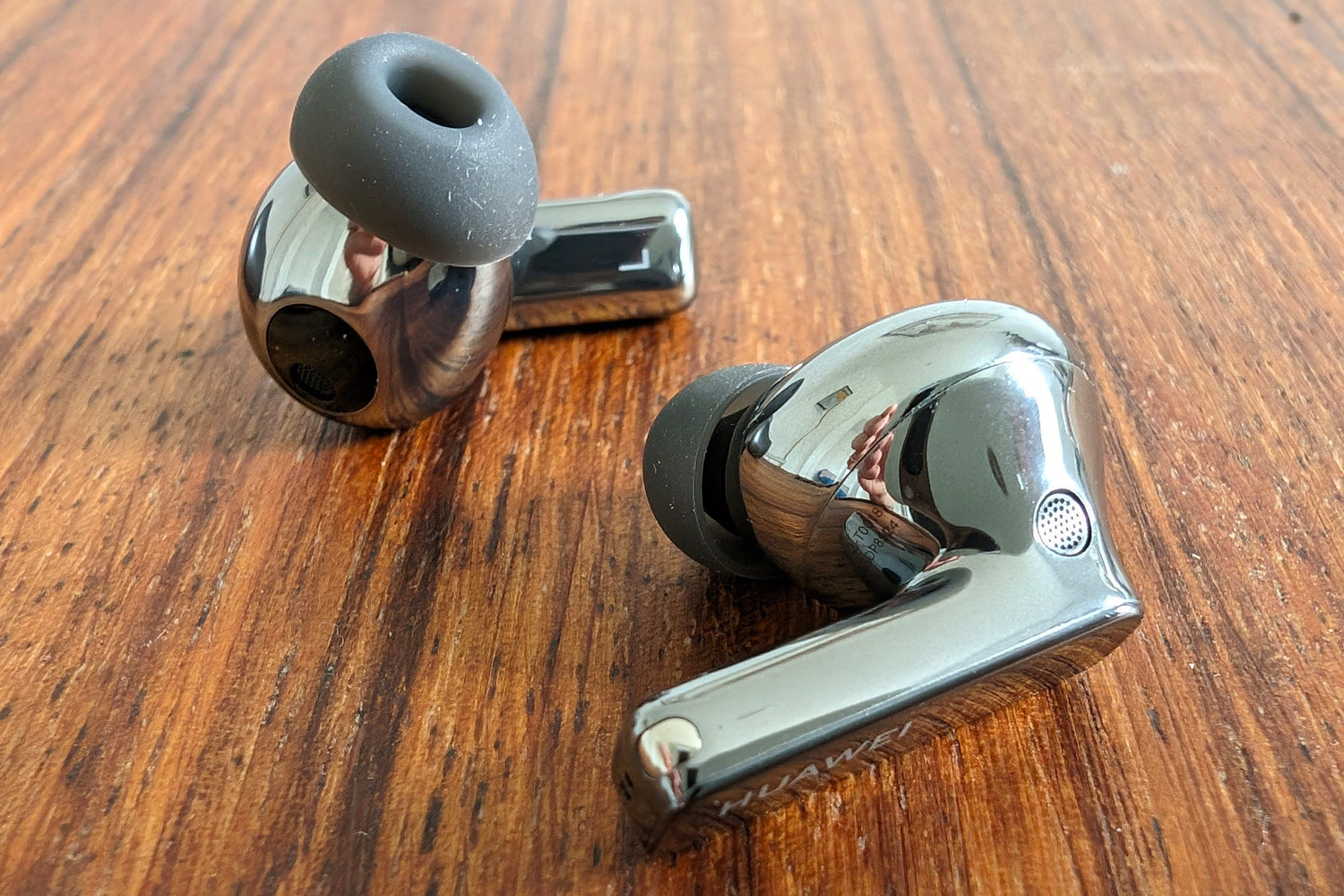
The Huawei Freebuds Pro 3 look remarkably similar to their predecessors, the Huawei Freebuds Pro 2. The buds themselves are practically unchanged, save for the new Green colour option that replaces last year’s Silver Blue. That pearlescent finish was a bit too blingy for my tastes, and even with a polished metal effect I’m happy to see things toned down a notch here. My sample arrived in Silver Frost (a matte grey case with reflective buds) or there’s also the AirPod-inspired Ceramic White.
They’ve still got fairly chunky, rectangular stems that give plenty of purchase for pinch and slide gestures, bulbous bodies that sit comfortably in my ears, and tips made from skin-friendly silicone. They’re softer and more malleable than many I’ve tried, while still creating a good seal. An XS size in addition to the usual S, M and L is a welcome inclusion, too. Weight has dropped a little, but I struggled to notice in use.
The case is a tiny bit smaller now, with a new kind of hinge that opens wider than before. It makes it easier to take the buds out and pop them back when you’re done listening. Apparently it’s rated for 100,000 opens; I didn’t get near a fraction of that after a few weeks of testing, but had no issues.
A closer look at the case reveals a rear logo that’s one single unbroken piece of glass decoration, instead of a split design like last year. The Devialet co-branding is notably absent, too, with just Huawei’s name on display. The pebble-like shape still slides smoothly in and out of my pocket.
I was glad to see IP54 protection from water and dust, as it meant I didn’t have to worry about exercise or unexpected rain showers causing any damage. They stayed pretty firm in my ears while moving about, though I wouldn’t want to run at a full sprint for fear of one falling loose.
Features & battery
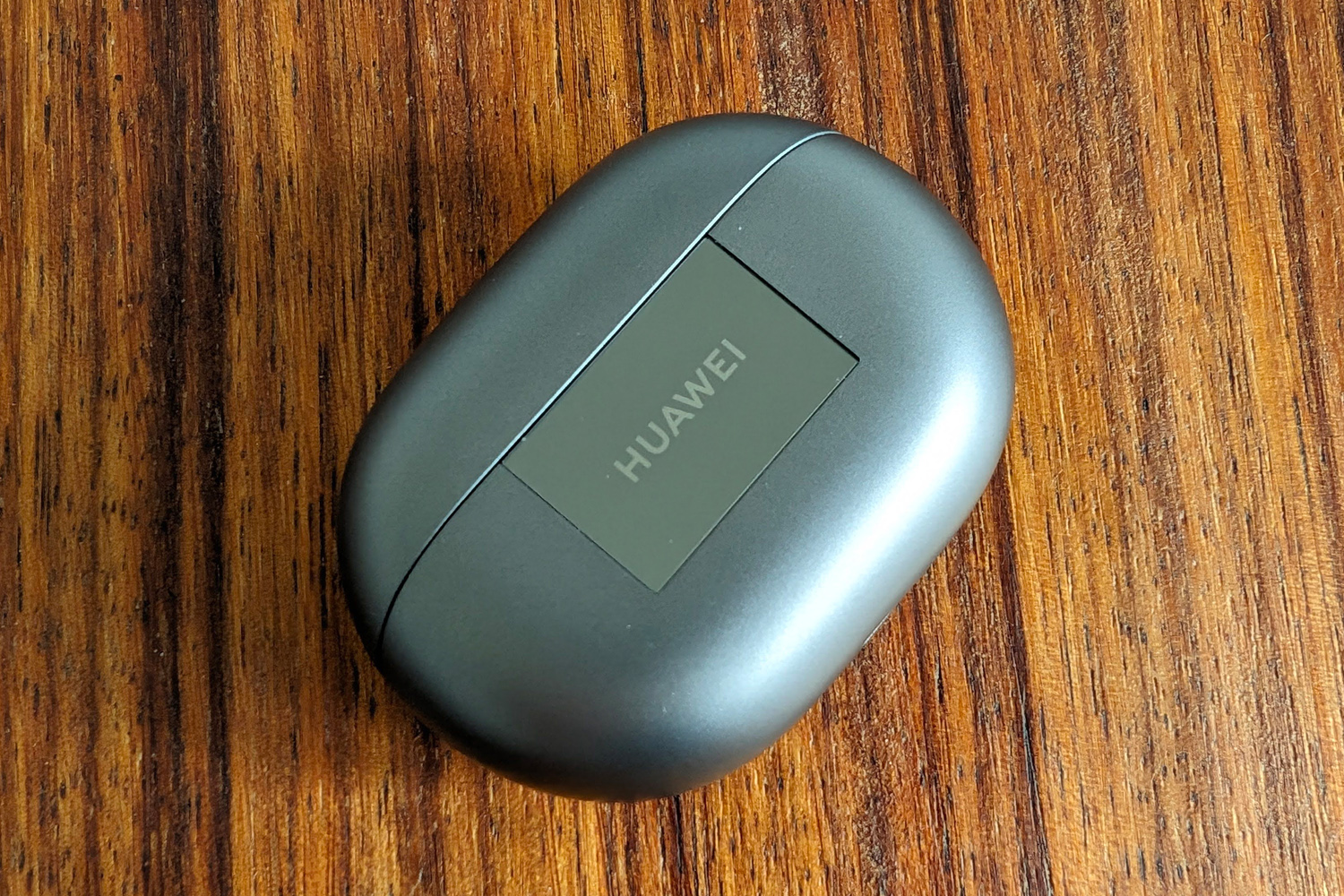
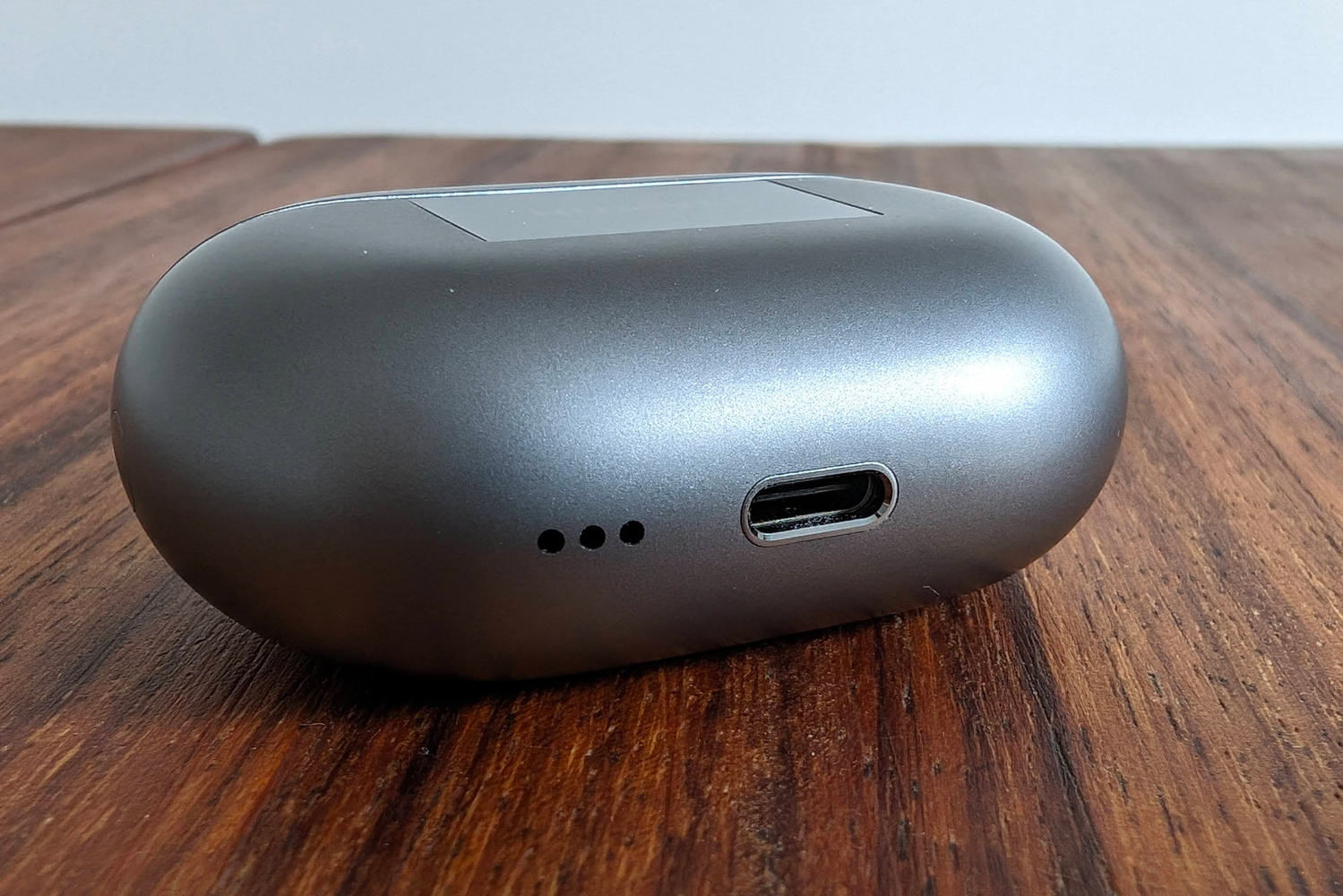
Pinch, slide and hold gestures give full control over almost every function, including playback, ANC strength and volume adjustment – but even after a few weeks of listening I struggled to remember which gesture did what. You can customise them in the companion app, though, and turn off the modes you don’t use on the regular.
It’s great to see the high quality LDAC codec continue to make the grade, as well as Huawei’s proprietary L2HC 2.0 codec. This is only really found on Huawei devices, though, so I expect most listeners will skip it.
Voice calls are clearer than last year, thanks to a better voice pickup pattern for the bone conduction tech and built-in microphones. Everything has been moved closer to the ear canal for a more accurate take on when you’re actually talking, and wind noise reduction is excellent. I had zero complaints when making calls, even in louder environments.
The one area I would’ve liked to have seen a big improvement is battery life, but this year’s model didn’t really last any longer than the outgoing FreeBuds Pro 2 did. I got just north of four hours of listening with ANC enabled, and nudged over six with it disabled. The case can boost those figures to around 21 and 30 hours of real-world listening respectively, but the buds need a few trips inside to achieve it. That puts them behind the best true wireless earphones for battery life, with some similarly-priced rivals managing between six and eight hours with ANC switched on.
At least the case doesn’t leave you waiting around, managing to fully charge the ‘buds in around 40 minutes. It needs an hour to refuel its own reserves, and supports wireless charging too.
Interface
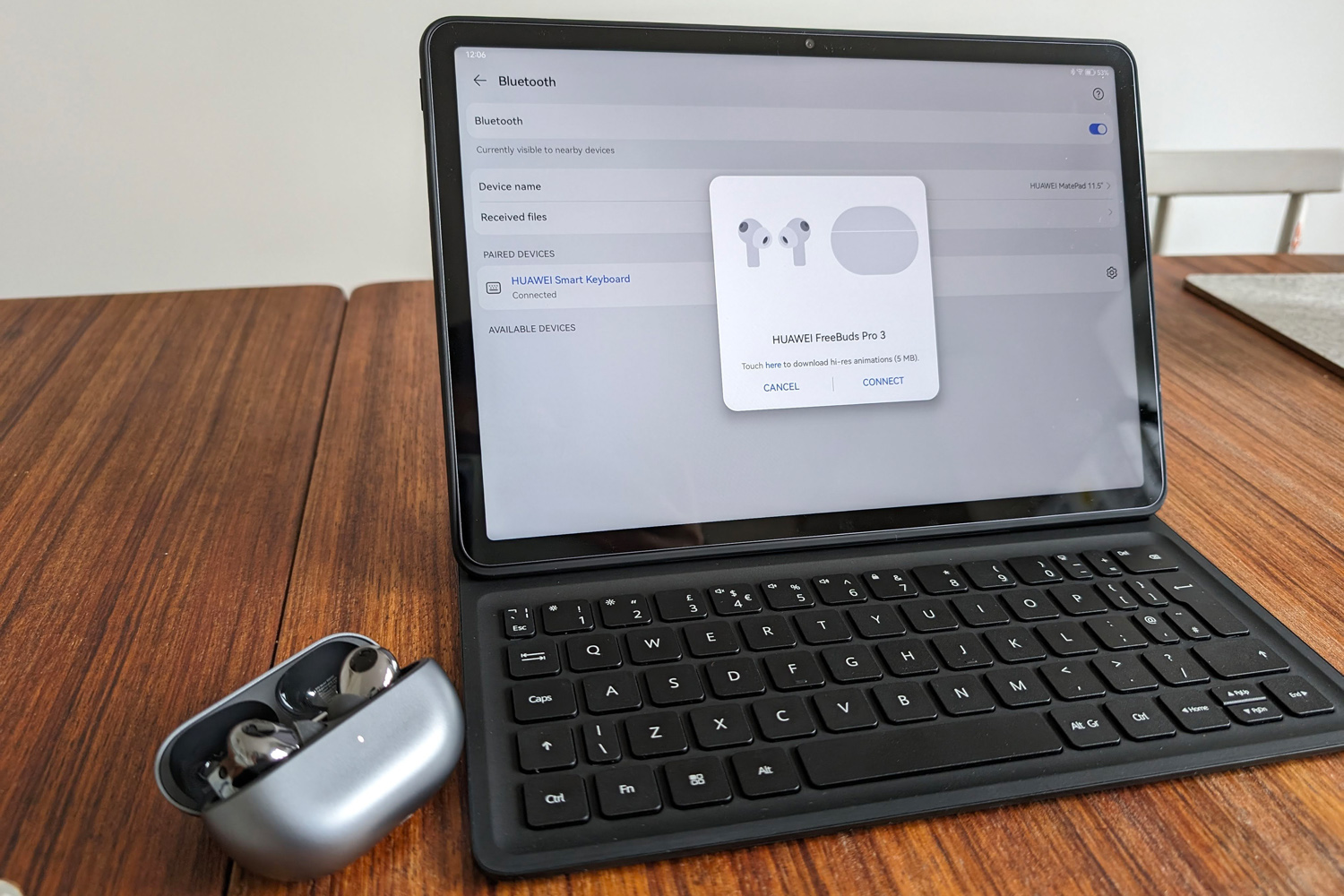
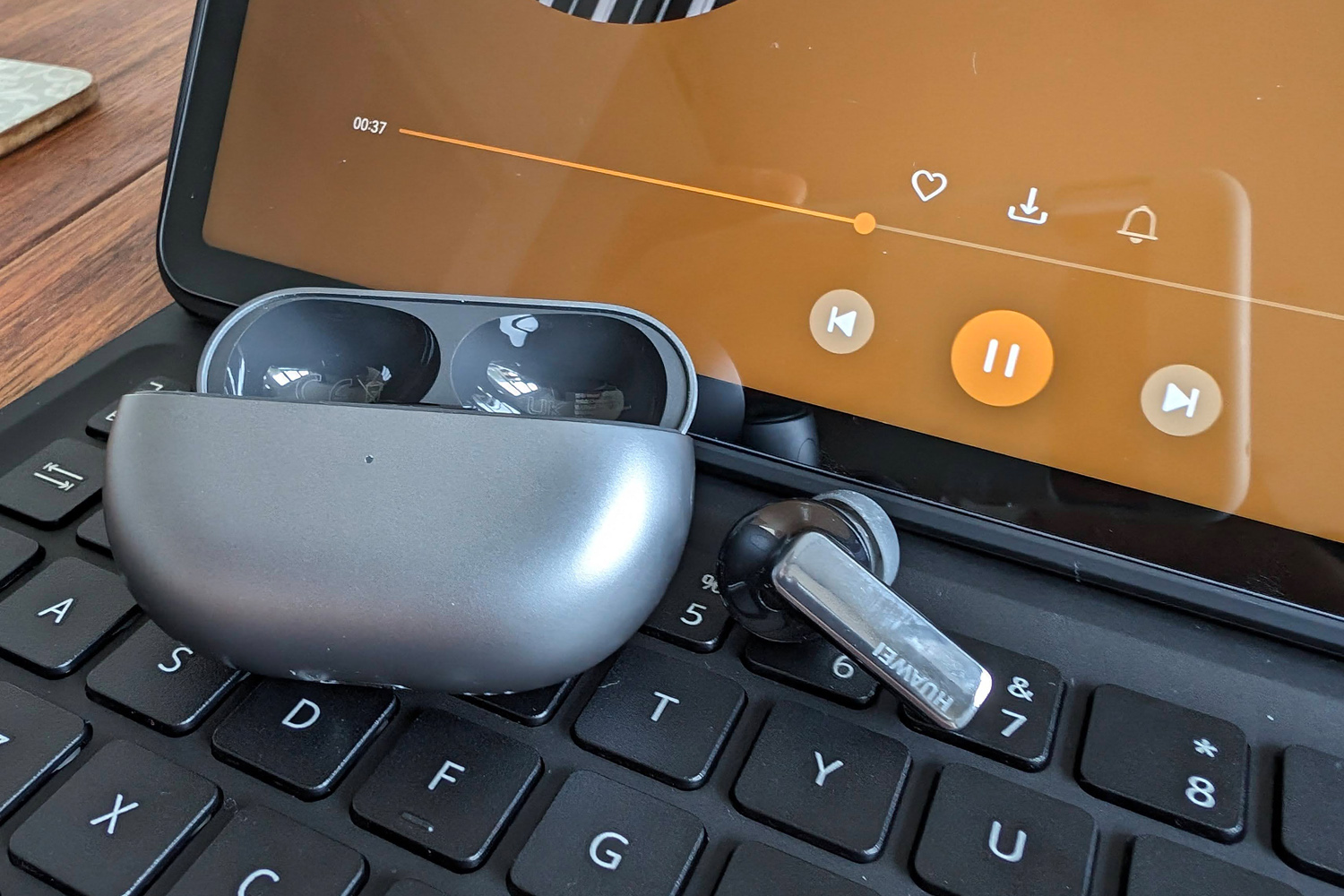
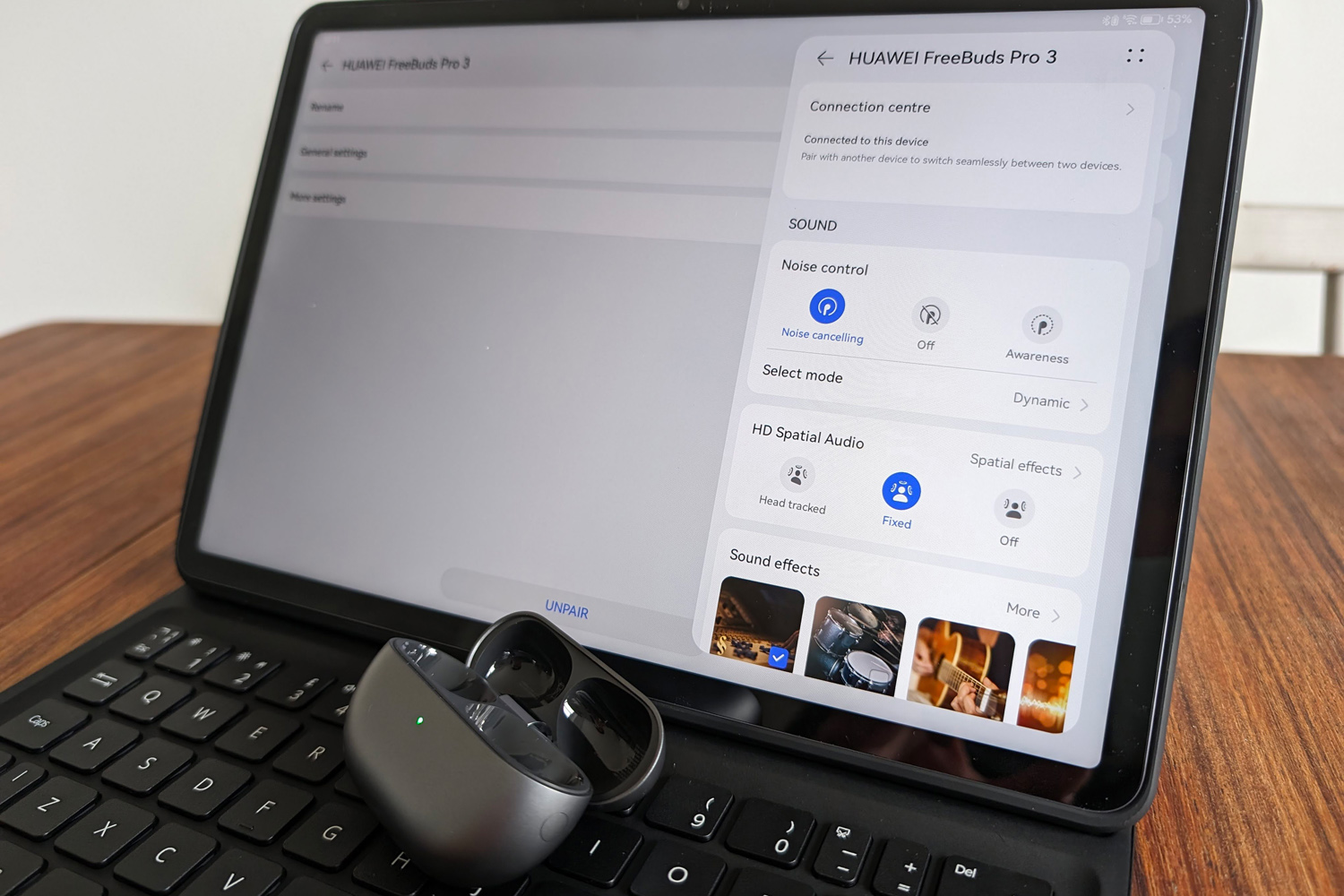
First, the usual Huawei caveat. You won’t find the AI Life companion app in the Google Play Store; you’ve got to download it directly from Huawei’s website and sideload it onto your Android device, due to the ongoing US trade embargo. A QR code on the box simplifies this step, but it’s still something you won’t have to do with rival earphones.
Once installed, it had all the goodies I would expect from a fully-featured app, including customisable ANC strength, configurable gesture controls, Bluetooth codec options (if your device supports them) and a handful of equaliser presets. There’s also a 10-band custom EQ for creating your own, if you want to get really granular with the frequency settings.
Remaining battery percent for both buds and case is front-and-centre, as is a multi-point connection option for toggling between different devices. Other niceties include an Ear Fit test (I had to deliberately position an earbud badly to get it to warn me of a bad seal) and the option to disable in-ear detection, though it worked perfectly well in my testing so I left it on.
Sound quality and noise cancelling
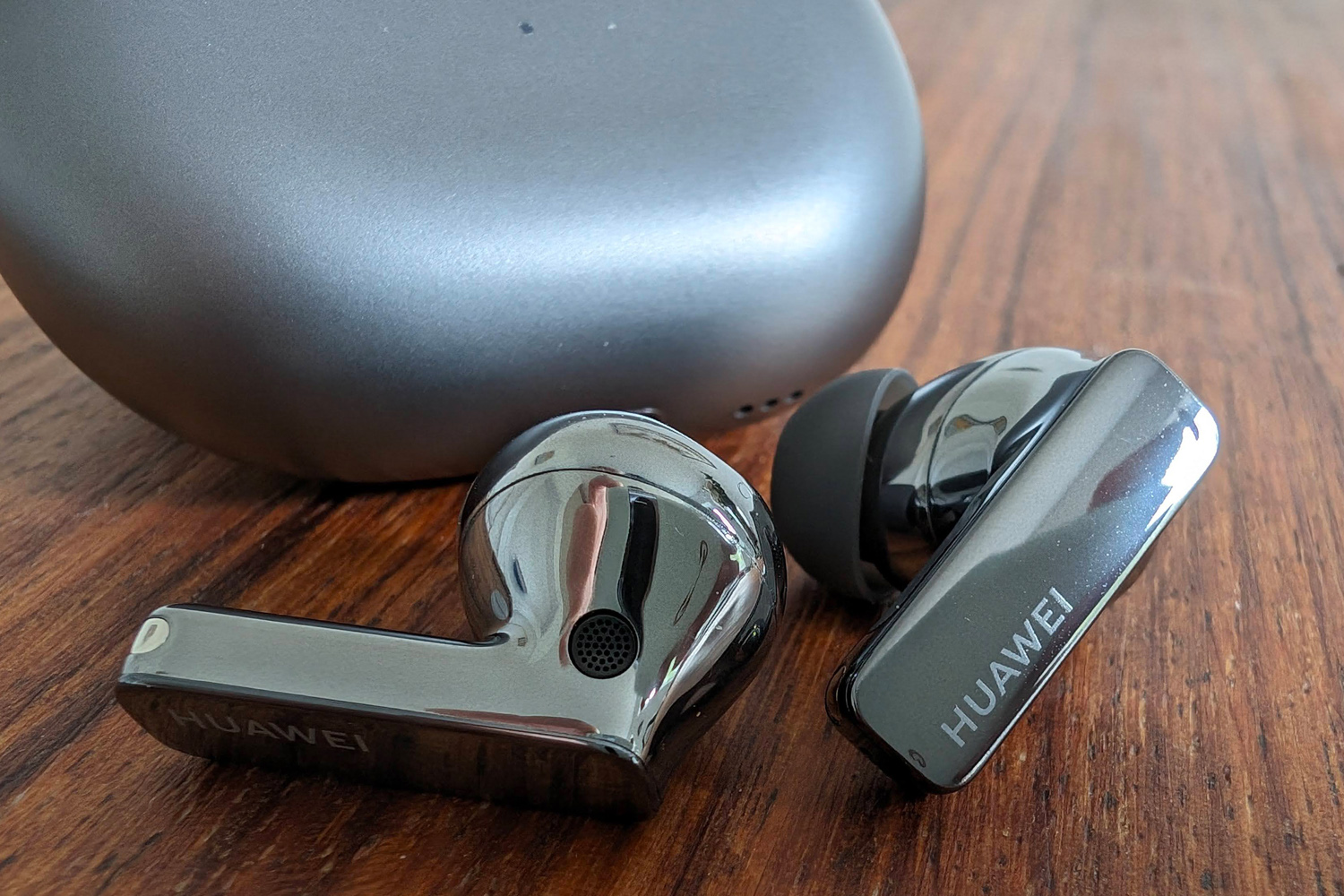

Last year’s effort was pretty good when it came to noise cancellation, and Huawei has stepped things up further for 2023. The Dynamic ANC mode is very effective in almost all environments. Outside, wind noise is well controlled and the sounds of passing traffic are kept in check. Public transport wasn’t a problem either, cancelling out the low rumble of commuter trains.
Indoors, it couldn’t quite mute nearby family conversation or the background sound of my TV on its lonesome (no true wireless in-ears really can), but even at a low volume music is otherwise undisturbed. I can also confirm they can’t compete against the eardrum demolishing cry of a newborn baby. They’re a step below the Bose QuietComfort Ultra Earbuds and Sony WF-1000XM5, but the gap is much smaller than I was expecting going into this review.
On the sound front, Huawei has used the same 11mm dynamic driver and planar diaphragm combo as the previous generation, only now with a Halbach array magnet that adds even more precision across the frequency range. The firm is also making a big deal about its ‘triple-adaptive EQ’, which is meant to make subtle tuning algorithm tweaks on the fly based on volume level, ear canal shape and “wearing status” – though surely you wouldn’t notice any changes if you weren’t wearing them?
I don’t think these are as bass-heavy out of the box as their predecessor (low-end rumble was, after all, something of a Devialet specialty, and the firm is no longer lending a hand). I was impressed at how well-rounded they were on the default EQ, delivering a decently wide soundstage (for a pair of earphones) with good separation between frequencies.
Bass still has plenty of presence, without becoming boomy or dominating the rest of the mix, and vocals are given plenty of room. Hi-hats and cymbals were nice and crisp, without edging into sharp territory. There’s no shortage of volume, and things stayed precise even once I’d cranked it to a limit I still found comfortable.
They give models such as the Technics EAH-AZ80 and Marshall Motif II ANC a run for their money on dynamism and bass restraint respectively. They haven’t suddenly transformed into a neutral listen, and nor are they the last word in detail or tonal balance – but the energy on display is infectious and never not enjoyable, regardless of genre.
Huawei Freebuds Pro 3 verdict
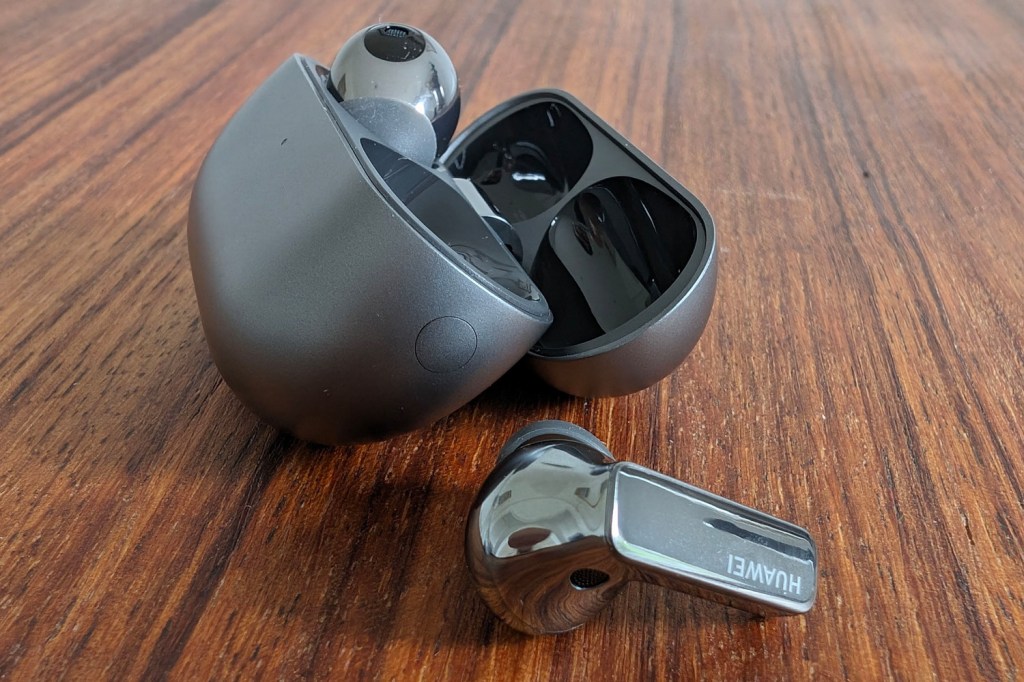
The Huawei FreeBuds Pro 3 feel like a small but welcome upgrade over their predecessors. Improvements have been made to voice call quality, ANC effectiveness and general sound quality, while keeping the same distinctive design. The price has stayed sensible, too, given the breadth of features.
I think anyone wanting the beset noise cancelling will still probably look to Sony, Bose and others, despite costing more cash, and battery life remains pretty meh. Those extra app hurdles remain, too, though Huawei has done everything it can to make them as painless as possible.
If you like lively yet well-balanced audio, there’s plenty to like about the Huawei FreeBuds Pro 3 – but keep in mind rivals are stronger in other areas.
Stuff Says…
Another energetic and feature-packed pair of true wireless in-ears prove Huawei knows a thing or two about sound, but the FreeBuds Pro 3 fall at the same hurdles as their predecessor.
Pros
Effective ANC plus great call quality
Engaging, dynamic audio
Hi-res codec support (if you have the right devices)
Cons
ANC-on battery life only so-so
App hurdles to jump through
Fiddly touch controls
Huawei Freebuts Pro 3 technical specifications
| Drivers | 11mm dynamic + balanced armature |
| ANC | Yes |
| Bluetooth version | Bluetooth 5.2 |
| Codecs supported | L2HC 2.0, LDAC, SBC, AAC |
| Durability | IP54 |
| Battery life | 4.5hrs/18hrs (buds/case, ANC on) 6.5hrs/31hrs (buds/case, ANC off) |
| Dimensions | 47x66x25mm, 58g (case), 5.8g (buds) |

